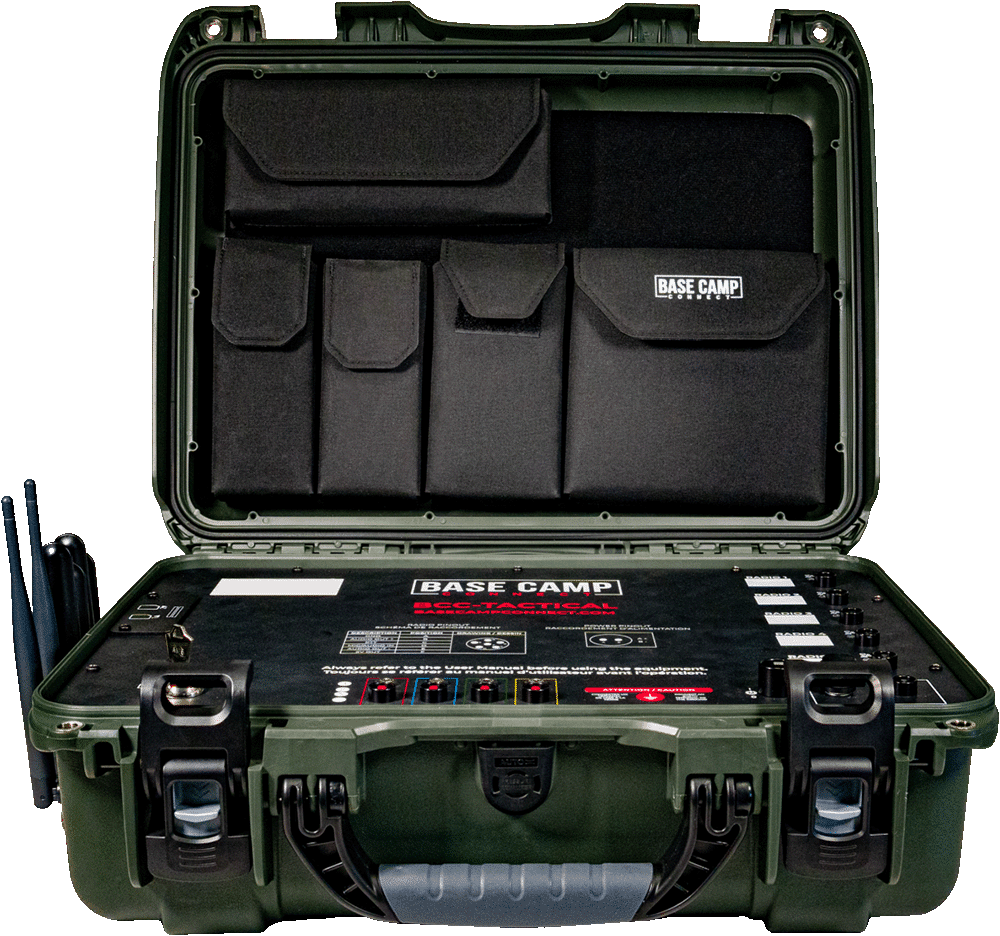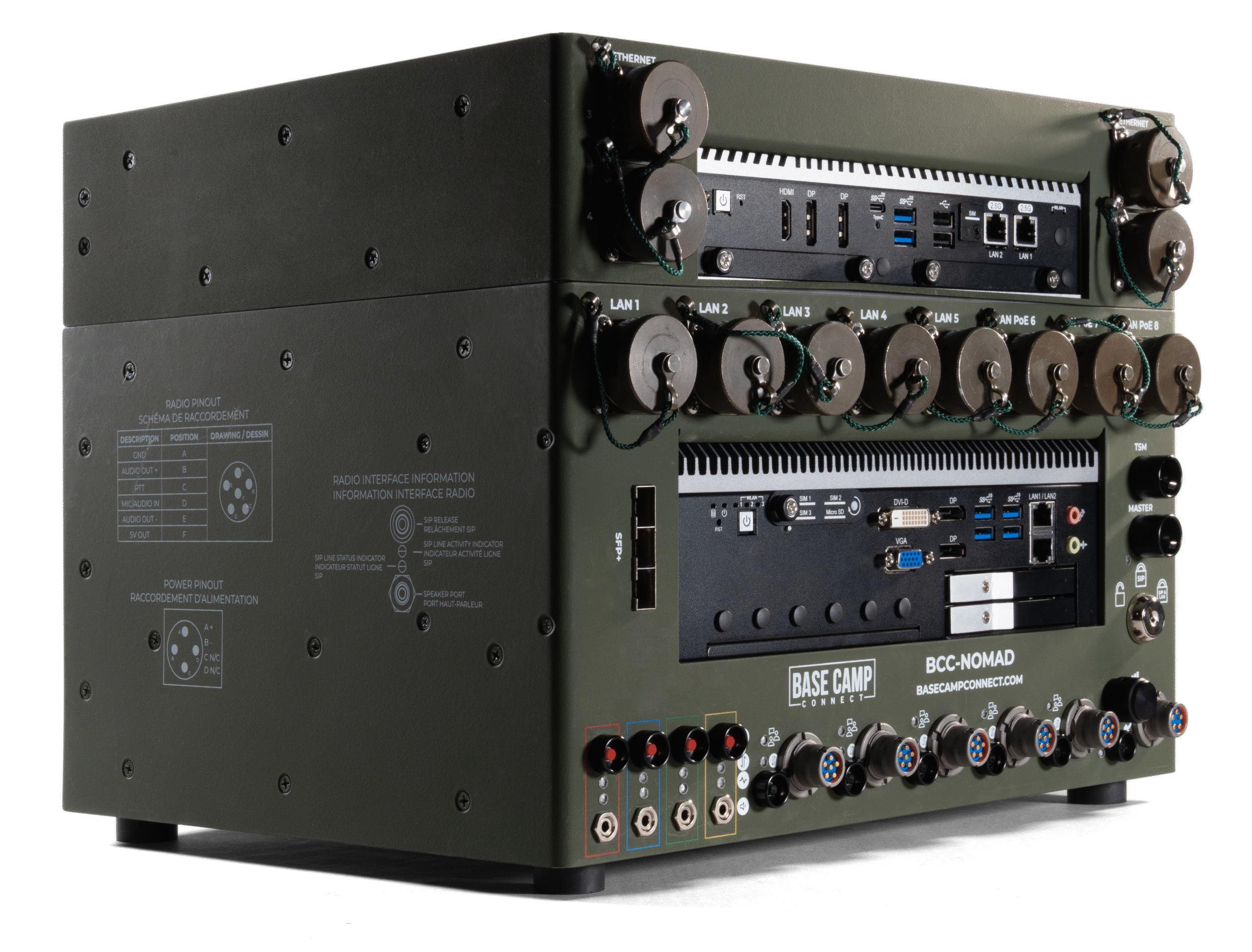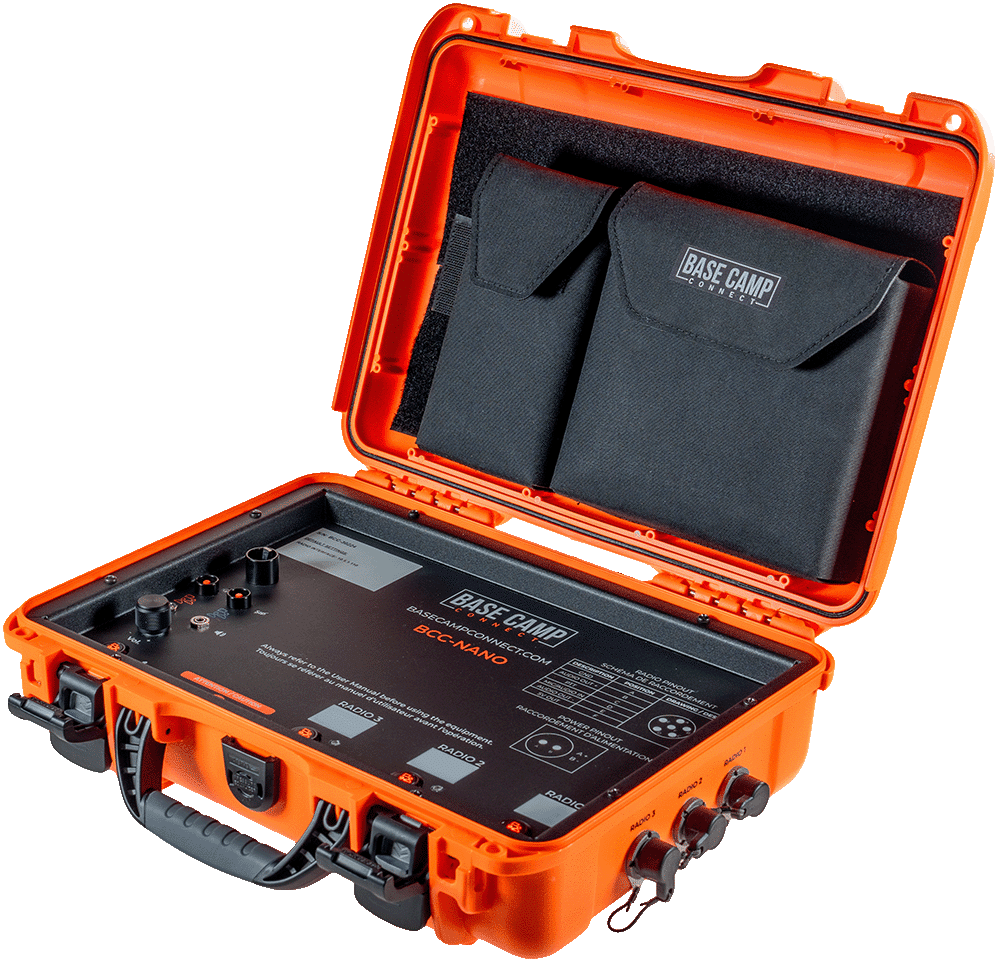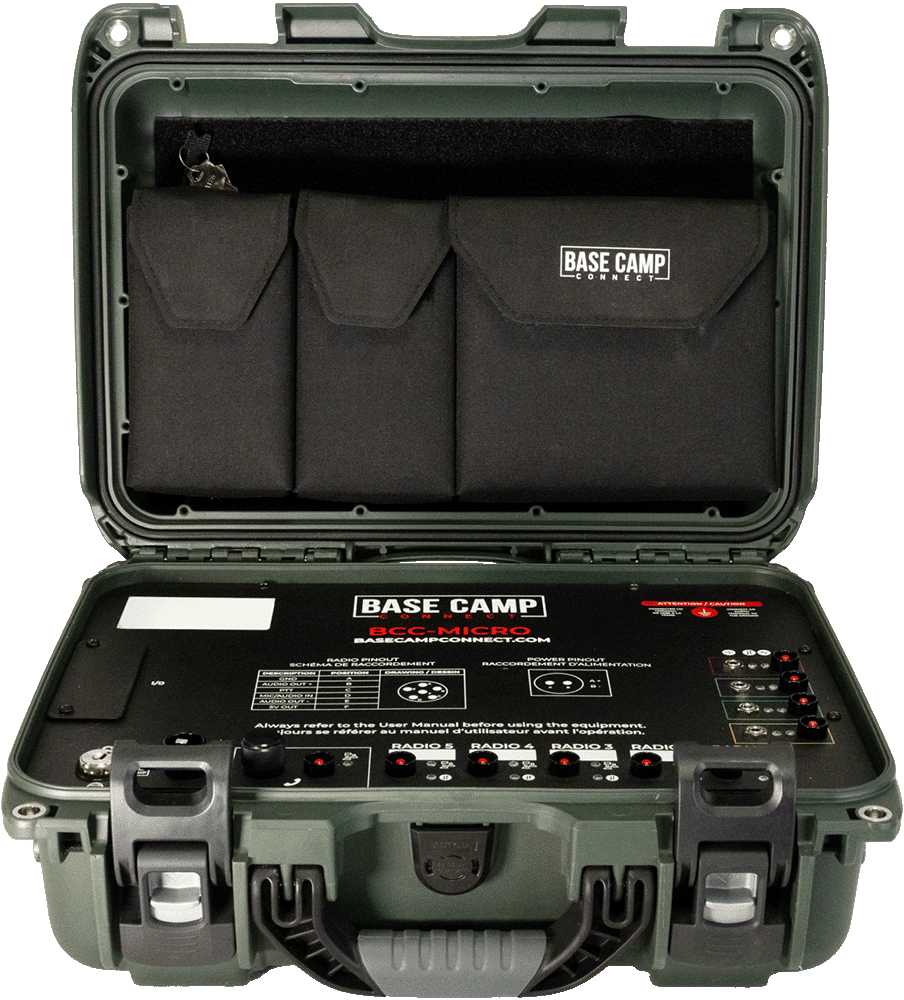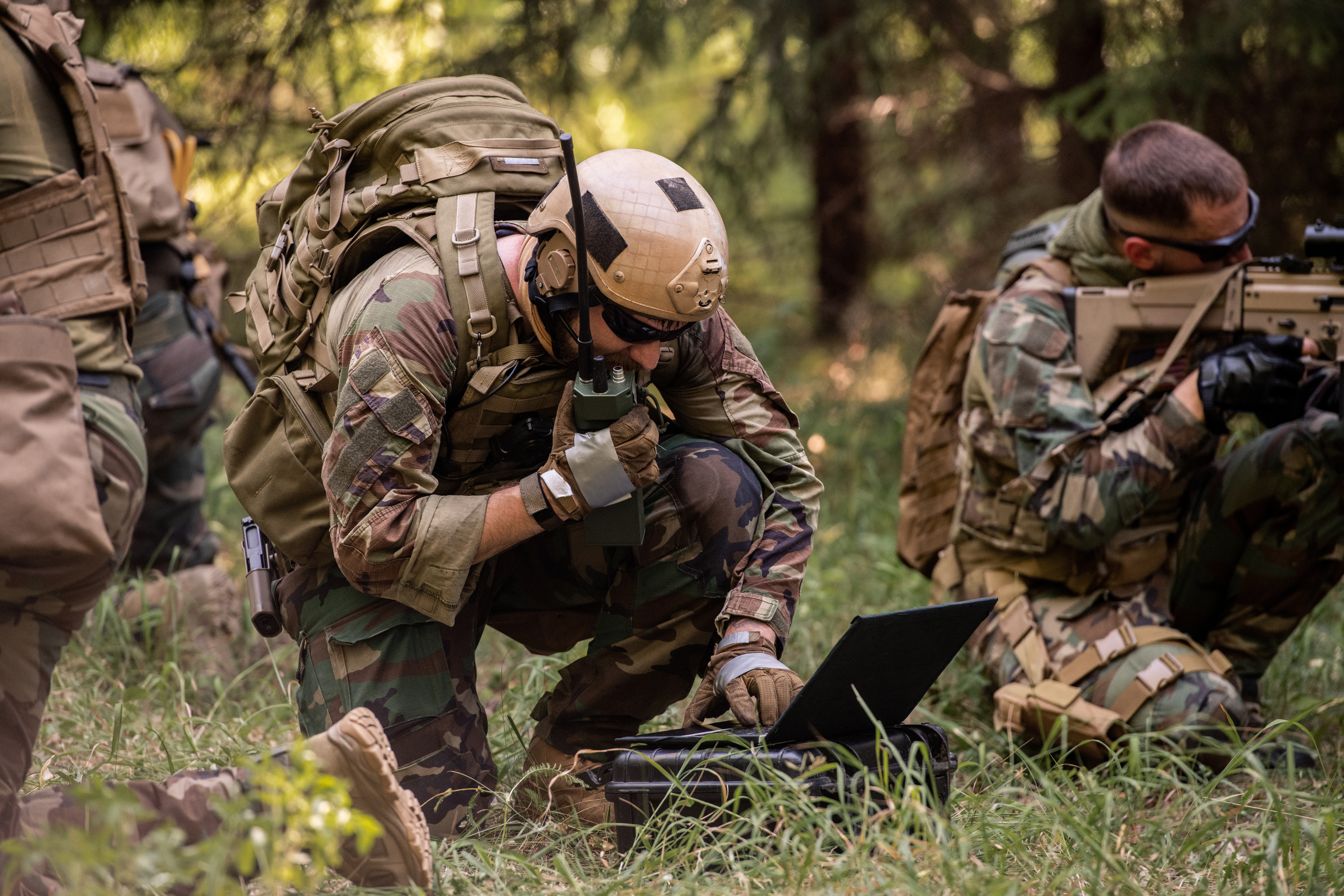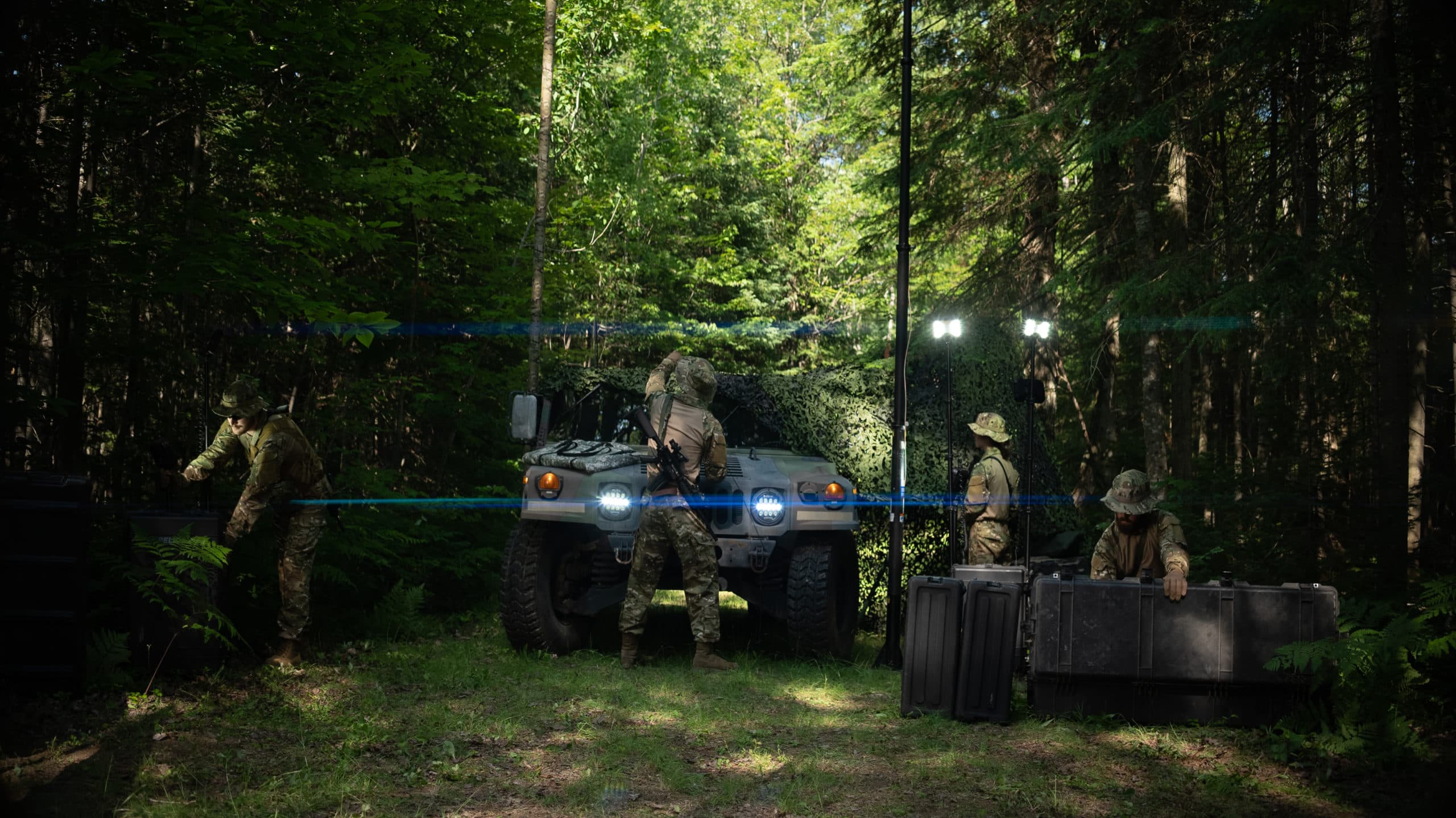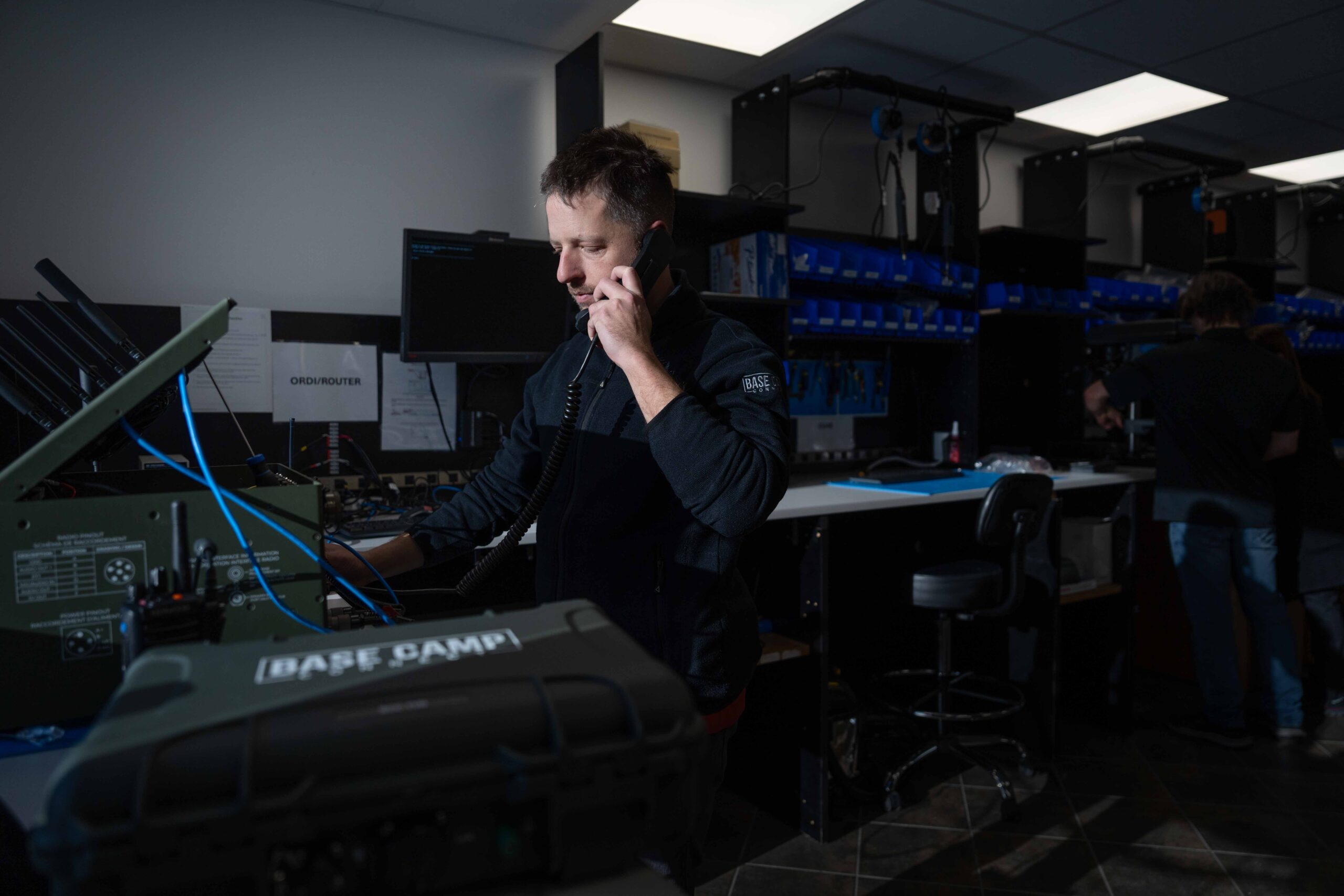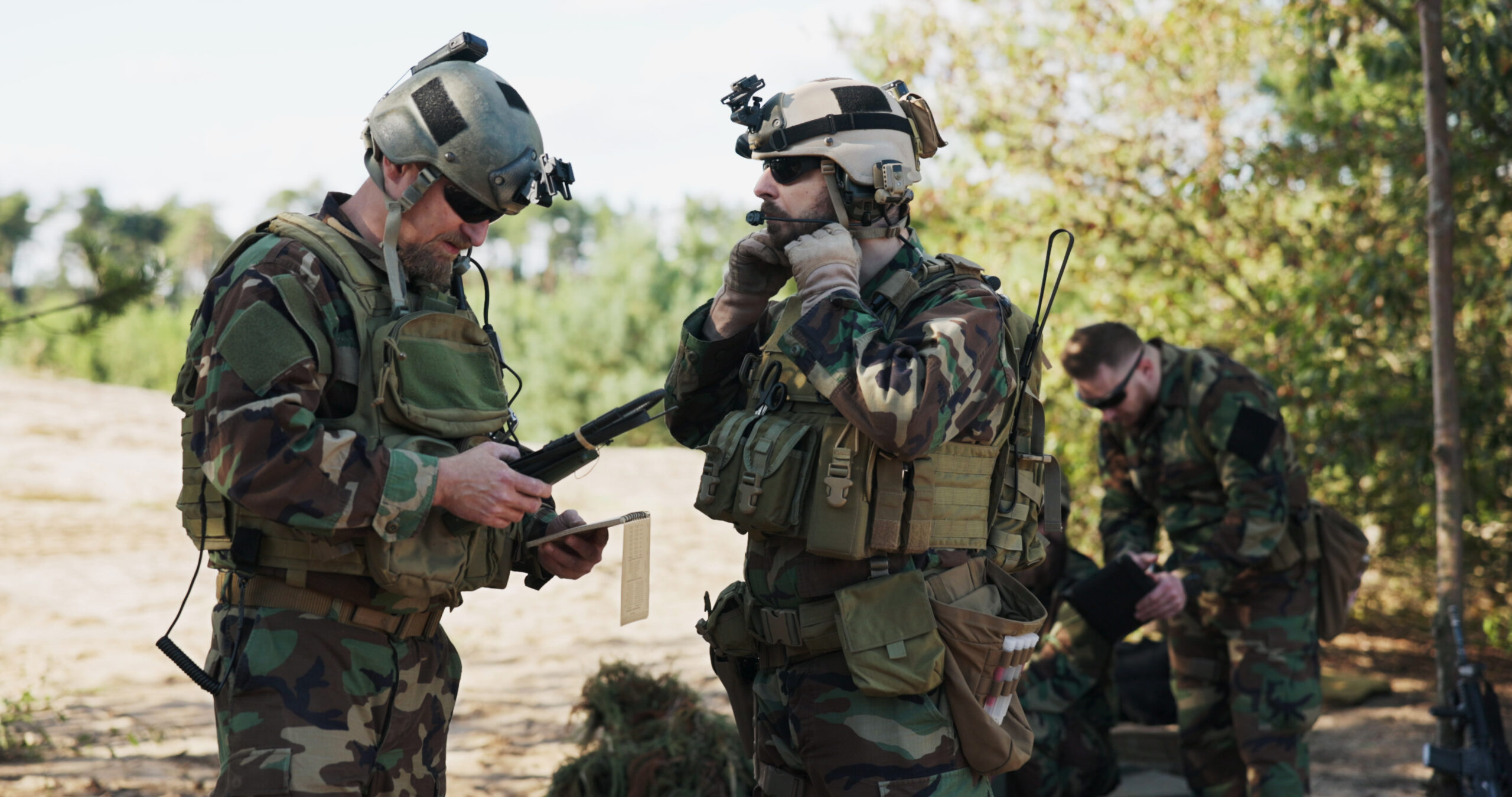Technological advancements are rapidly changing the world around us.
More and more, functions that were once manually accomplished tasks are becoming automated and beyond automation are starting to “think” for themselves as the introduction of Artificial Intelligence (AI) and machine learning algorithms are applied to just about everything around us.
The defense sector has always been at the forefront of innovation. In modern warfare, the ability to make fast and informed decisions is critical to strategic and tactical success. We are witnessing a time when military operations are becoming more data-dependent, and the ability to process and analyze data can provide a huge advantage on the battlefield. This is where tactical edge computing comes into play.
Tactical edge computing allows for the processing of data at the collection source without relying on centralized infrastructure. In warfare, this can often be in hostile environments. Let’s explore what tactical edge computing is, its applications in defense, and how it is transforming military operations with its real-time data processing capabilities.
What is Tactical Edge Computing?
During my first tour in Iraq (2004), we often came under attack from rocket and mortar rounds. One of my duties was to collect information on the attack and conduct a trend analysis on the data to see if there were patterns in the indirect fire attacks. The collection process was slow, often taking place in the location where the rounds impacted. Analyzing the data took place at a different location and sometimes took several days to complete. Situations like this are what tactical edge computing aims to avoid.
Tactical edge computing is all about bringing computational power to the source of data collection. Rather than relying on a centralized node, tools such as tablets, smartphones, drones, and other mobile devices can collect and analyze data in the field in real-time. The benefits of doing this include reduced latency, saved bandwidth, and improved speed of decision-making, which is critical in military and defense scenarios.
On the battlefield, tactical edge computing is all about deploying computer systems where individual soldiers, vehicles, or other equipment can gather and process data on the spot. Edge systems can work independently or with larger centralized systems as needed. The time these systems save can make tactical operations faster, more efficient, and less reliant on systems far from where the warfighter is operating.
Why is Tactical Edge Computing Important for Defense?
When it comes to warfare, every second on the battlefield counts. The fighting force that is able to capture and process data faster will have a noticeable edge over its adversary. While militaries have benefited in recent years from the power of powerful cloud-based computers, the future lies in the decentralization of computing power that tactical edge computers can provide. Cloud-based platforms experience delays and congestion, especially when it comes to remote and hostile environments, making them a prime target for the enemy. The importance of reliable communication systems cannot be overstated.
There are numerous benefits that tactical edge computing offers the defense sector. Let’s briefly touch on four of the most important.
-
Reduced Latency:
When warfighters no longer need to send data away for processing, they lower the chance of delays often seen in centralized servers. The reduction of any kind of delay can prove to be the difference between success or failure of a mission.
-
Increased Resilience:
Electronic Warfare (EW) is a reality of the modern battlefield. Competing military forces are always looking for ways to jam, hack, or physically destroy communication networks. By decentralizing nodes, tactical edge computing enhances the resiliency of military forces, making them immune to attacks on central command infrastructure.
-
Bandwidth Optimization:
On the battlefield, sensors, drones, and other equipment produce large amounts of data. When all this information needs to be transmitted to a central location, the processing of such large volumes of information can strain communication networks. Tactical edge computing handles the data locally and only transmits essential information back to central nodes, helping both soldiers on the frontline and those working in command and control locations.
-
Enhanced Security:
Finally, by keeping sensitive data within the local area of operation, military units reduce the risk of the information falling into enemy hands. Localized data processing can significantly reduce the risk of data compromise. This is crucial in military operations where a single piece of information can drastically affect who controls tempo on the battlefield.
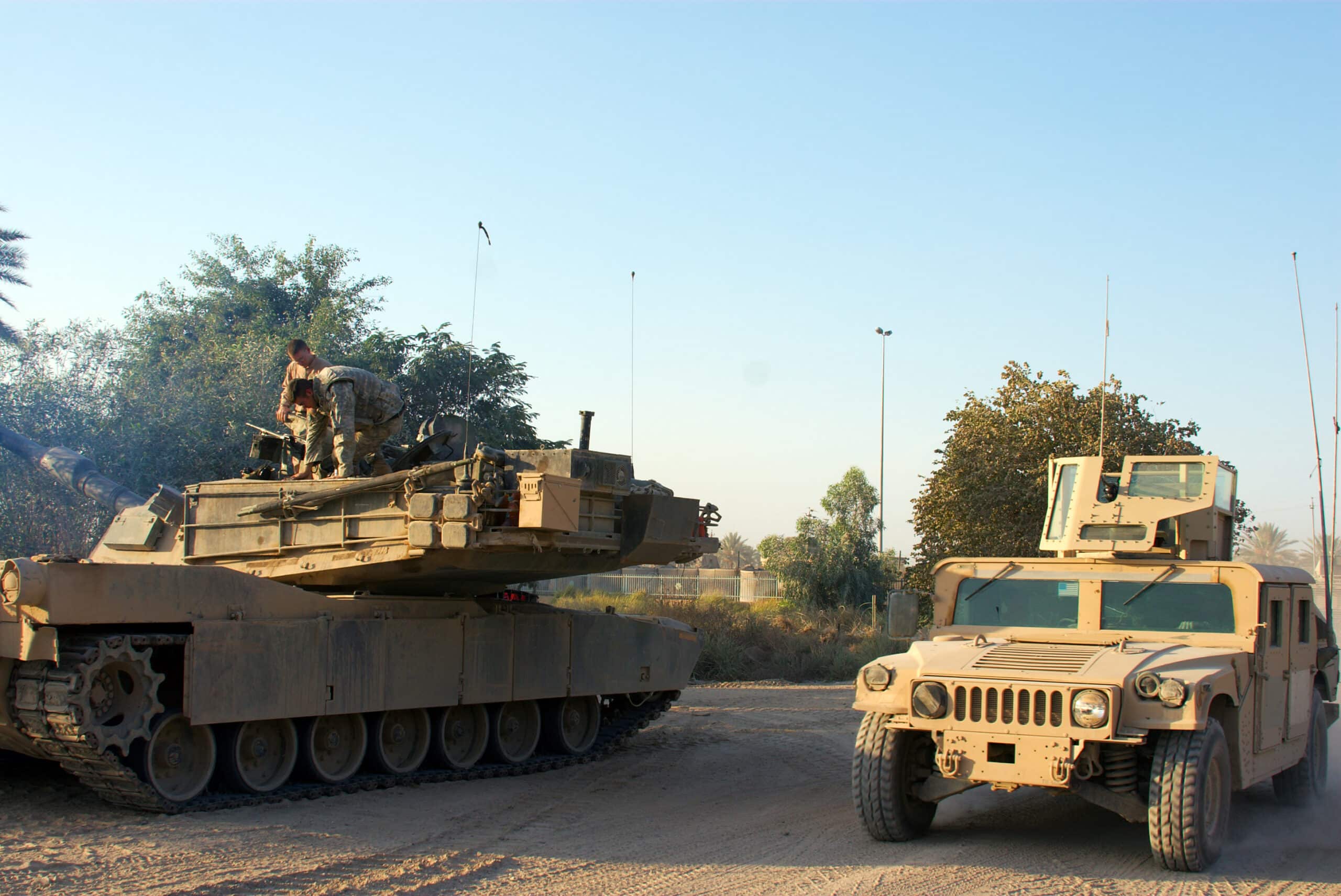
Use Cases of Tactical Edge Computing in Defense
Now that we have an understanding of tactical edge computing and some of its key benefits let’s look at a few different cases where it can be applied. Significant impacts are already being seen in some of these areas, while in others, we are only beginning to scratch the surface of the potential of tactical edge computing.
-
Real-Time Surveillance and Reconnaissance:
Combat operations rely heavily on the information collected from reconnaissance systems such as sensors and drones. In traditional setups, all this information needs to be sent to a central processing location, which, as we have already noted, can delay real-time decision-making. Surveillance information can remain local with tactical edge computers and provide the soldier on the ground with immediate insights. A classic example is giving the soldier on the ground real-time imagery from a drone monitoring enemy movement as opposed to having that information sent to command nodes, processed, and relayed to the soldier via radio transmission.
-
Autonomous Vehicles and Drones:
From ground-based robotic dogs to aerial, handheld drones, the rise of autonomous military vehicles has created a demand for systems that can operate independently in austere environments. Tactical edge computing enables these types of assets to navigate on their own, collect data, and provide information to local operators who can make decisions without needing support from higher-level entities.
-
Soldier-Worn Devices and Augmented Reality:
Wearable technology continues to find its way onto the battlefield. From devices that offer biometric information, like heart rate and temperature, to wearable exoskeletons, soldier-worn devices can increase the lethality of combatants but require data processing capabilities. Without tactical edge computing, much of the benefits realized by these devices can be lost. One example is Augmented Reality (AG) glasses. AG glasses can provide frontline soldiers with tactical information such as troop location, targeting information, and other intel. Maximizing the benefits of such technology requires the use of tactical edge computing.
The Future of Tactical Edge Computing in Defense
As technology advances, tactical edge computing will play an increasing role in military operations. Innovations in AI, machine learning, and 5G networks will help these systems become more powerful, enabling them to process larger amounts of data and deliver real-time actionable intel.
AI, in particular, can supercharge our ability to analyze battlefield data, predict enemy actions, and suggest tactical strategies, giving commanders better information to make split-second decisions with.
As 5G networks increase their coverage, communication speed and reliability will improve, enabling faster data sharing and improved coordination across military units, even in hostile environments. Tactical edge computing is the key to optimizing all these systems for the warfighter.
Final Thoughts
Tactical edge computing is reshaping military operations by enabling real-time data processing directly at the source. This fundamental change in the way data is processed creates numerous benefits for the frontline soldier and higher command echelons. By removing the reliance on centralized computing assets, military forces can reduce latency, increase resilience, optimize bandwidth, and enhance security. There are numerous use cases already benefitting from tactical edge computing with more innovations on the way.

